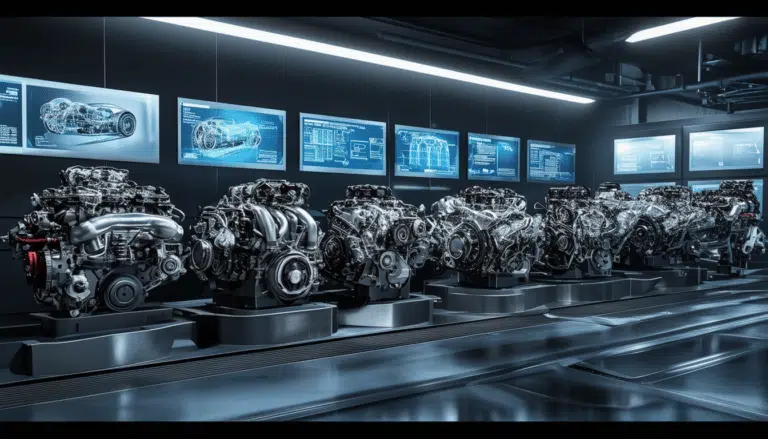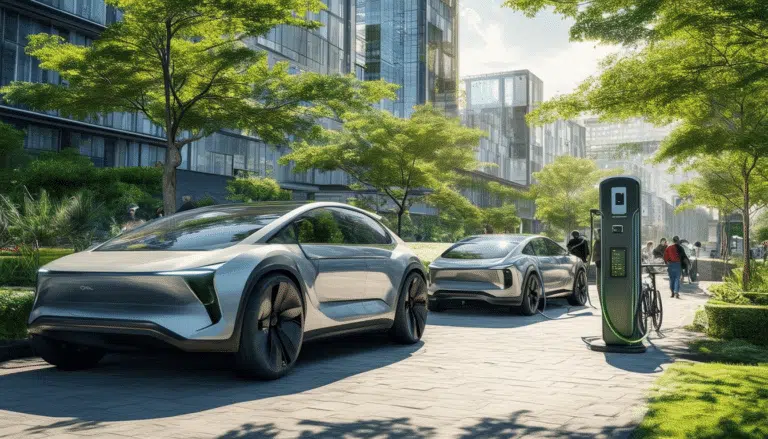Las cars had never been as old as in 2022

##
The aging of the vehicle fleet
In the world of automobiles, the trend towards older vehicles has notably intensified. According to recent reports, the average age of the vehicle fleet reached a record in 2022, surpassing 11 years old. This phenomenon, the result of various economic and social factors, has led to consumers being more reluctant to invest in new vehicles.
##
The challenges of the energy transition
Despite efforts to promote electric mobility, electric cars still represent a smaller percentage of the total fleet, struggling to exceed 1%. The high cost of electric vehicles, along with an infrastructure for charging still under development, poses significant challenges for their mass adoption. Furthermore, incentive policies for replacing older models with more eco-friendly ones have not been sufficient for a rapid transition to a younger and less polluting fleet.
##
Disparity in the vehicle fleet
Currently, of the 41.1 million cars circulating in France, there is a significant disparity. While some regions show a clear preference for newer and more efficient models, others maintain a high presence of older vehicles. This heterogeneity is reflected not only in the age of the cars but also in the variety of technologies, from diesel and gasoline to hybrids and electric, complicating the standardization of environmental and traffic policies.
##
Trends and consequences
The persistence of an aging vehicle fleet is not only a reflection of the economic situation but also has environmental and safety implications. Older vehicles are generally less efficient and emit higher levels of pollutants. Additionally, the active and passive safety in these models may be below current standards, putting at risk the occupants and the rest of the road users.
##
The future of the automotive sector
Against this backdrop, the automotive industry faces the challenge of renewing the existing fleet and encouraging the adoption of cleaner technologies. Strategies such as expanding the charging network for electric vehicles, subsidies, and scrappage programs are vital to rejuvenate and modernize the vehicle fleet. However, it will be crucial to maintain a balance between economic accessibility and environmental sustainability goals.
##
Conclusions
The year 2022 has marked a milestone in the history of the automobile, with a fleet older than ever. It is imperative for manufacturers, governments, and consumers to work together to facilitate the transition to a younger, more efficient, and sustainable fleet. In the meantime, we will continue to see a coexistence of generations on our roads, each with its own characteristics and challenges.


